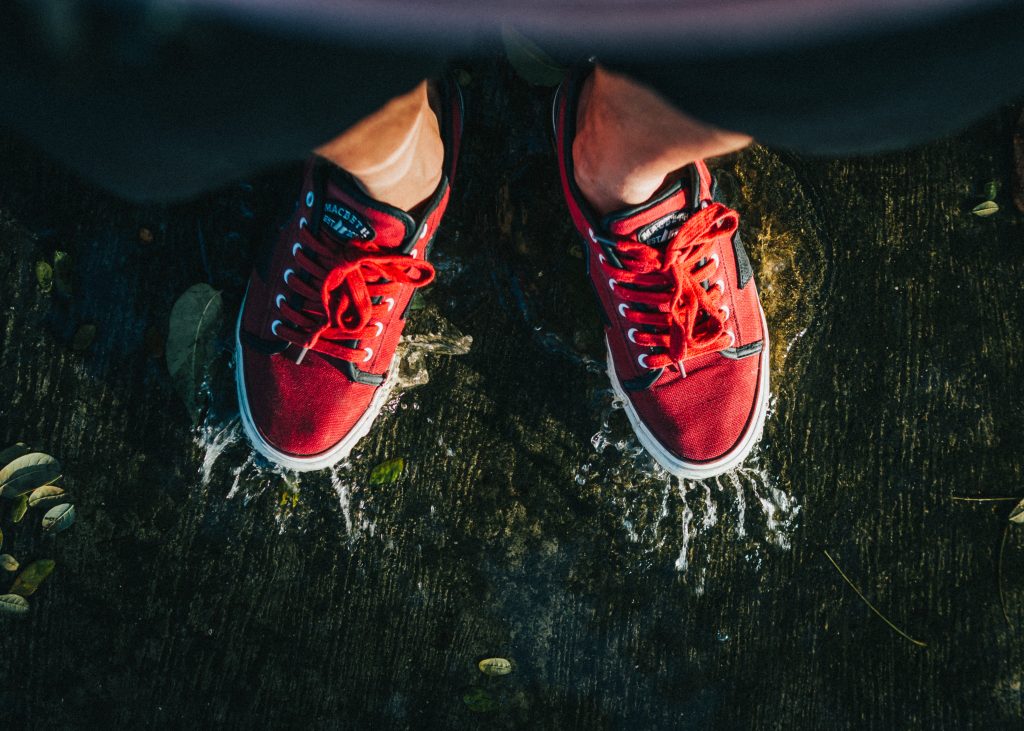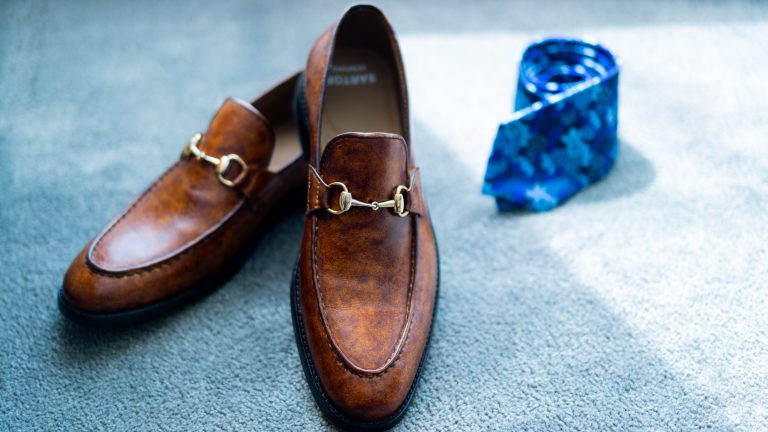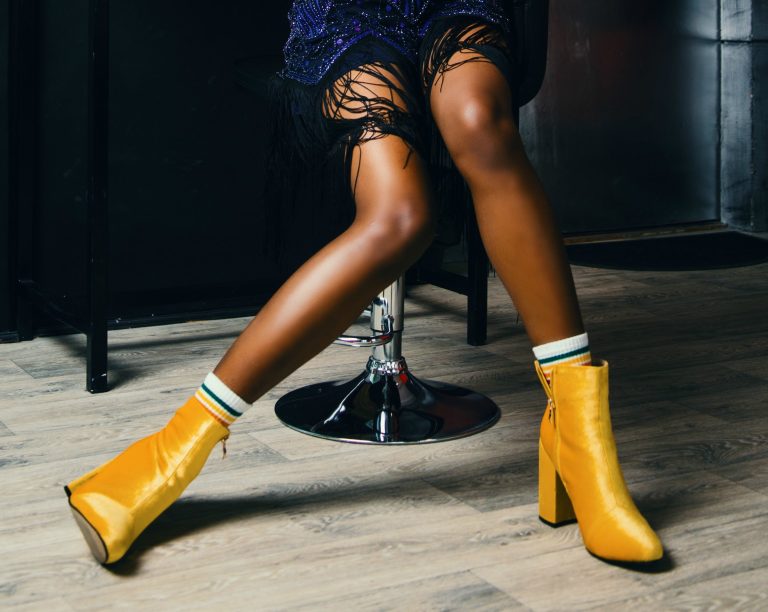What Makes a Shoe: A Deep Dive into the Anatomy of Footwear | 2023
What Makes a Shoe: In the world of fashion and functionality, shoes play a pivotal role. They’re not just mere accessories; they are a blend of art, science, and comfort. Have you ever wondered what makes a shoe more than just a piece of leather or fabric under your feet? Let’s unravel the intricacies and complexities that constitute a shoe, exploring the elements that make them not just a necessity, but also a style statement.
1. Understanding the Sole Purpose
What Makes a Shoe:
At the base of every shoe lies its sole, the foundation of comfort and support. Whether it’s rubber, leather, or synthetic materials, the sole provides traction, durability, and shock absorption.
2. The Art of Shoemaking: Materials Matter
Shoes come in various materials – leather, canvas, suede, and synthetics. Each material serves a purpose, affecting the shoe’s durability, flexibility, and breathability. Leather, for instance, offers sophistication and durability, while canvas provides breathability, making it ideal for casual wear.

3. The Perfect Fit: Anatomy of a Shoe Last
The shoe last is the mold around which a shoe is constructed. It determines the shoe’s size, shape, and fit. A well-crafted last ensures that the shoe fits comfortably, hugging the contours of the foot without causing discomfort.
4. Stitching it Together: Shoe Construction Techniques
Shoes can be stitched, glued, or a combination of both. Goodyear welt, Blake stitch, and cement construction are popular techniques. Each method impacts the shoe’s flexibility, durability, and repairability.
5. Innovative Insoles: Comfort Redefined
Insoles provide cushioning and arch support, enhancing comfort. Memory foam, gel inserts, and orthopedic insoles cater to specific needs, ensuring that every step feels like walking on clouds.
6. Heels and Heights: The Rise of Fashion
Heels aren’t just about added height; they affect posture and gait. From stilettos to wedges, each heel style offers a different walking experience. Some are elegant, while others prioritize stability and comfort.
7. Laces, Straps, and Buckles: Functional Fashion
Beyond aesthetics, closures like laces, straps, and buckles serve practical purposes. They secure the shoe on the foot, allowing customization for various foot shapes and sizes.
8. Shoes for Every Occasion: Design Diversity
Shoes are crafted for specific occasions. Sneakers for casual outings, formal leather shoes for business meetings, athletic shoes for sports – each type is designed with unique features to enhance performance and style.
9. Sustainability in Shoe Manufacturing
Modern consumers are increasingly concerned about the environment. Many shoe brands now focus on sustainable materials and eco-friendly production processes, reflecting a shift towards greener practices.
10. Customization: Shoes Tailored to You
Advancements in technology allow for personalized shoes. From custom designs to 3D printing, individuals can now have shoes made to match their unique foot shape and style preferences.
11. The Influence of Cultural and Fashion Trends
Shoes are influenced by culture and fashion trends. Traditional craftsmanship meets modern design, resulting in an array of styles that reflect the heritage and contemporary tastes of diverse societies.
12. Shoes and Health: Choosing the Right Footwear
Wearing ill-fitting shoes can lead to foot problems. Understanding your foot type and choosing appropriate shoes can prevent discomfort, pain, and long-term issues like bunions and plantar fasciitis.
13. The Impact of Shoe Design on Sports Performance
Athletic shoes are engineered to enhance sports performance. Factors like grip, cushioning, and support are meticulously designed to provide athletes with the edge they need, minimizing the risk of injuries.
14. Shoes as a Cultural Symbol
Throughout history, shoes have been symbolic in various cultures. From Cinderella’s glass slipper to red-soled Louboutins, shoes often carry cultural significance, representing status, identity, and aspirations.
15. The Future of Footwear: Beyond Imagination
With technology like augmented reality and smart fabrics, the future of footwear is limitless. Shoes that adapt to the wearer’s needs, change color or style with a tap on an app – the possibilities are astounding.
In conclusion, shoes are not just objects we wear; they are a blend of craftsmanship, technology, culture, and fashion. Understanding the intricacies of shoemaking helps us appreciate the effort that goes into creating the perfect pair. So, next time you put on your favorite shoes, remember the art and science behind what makes them more than just footwear.
Frequently Asked Questions
Q1: What are the best materials for durable shoes? A1: Leather and high-quality synthetics offer excellent durability, ensuring your shoes last for a long time with proper care.
Q2: How can I ensure my shoes fit perfectly? A2: It’s crucial to measure your foot size accurately and choose shoes that match your measurements. Additionally, consider the shoe last and width for a comfortable fit.
Q3: Are high heels harmful to your feet? A3: Prolonged wear of high heels can lead to foot problems like bunions and back pain. It’s advisable to wear them occasionally and choose lower heel heights for everyday wear.
Q4: What is the significance of red-soled shoes? A4: Red-soled shoes, famously designed by Christian Louboutin, are a symbol of luxury and high fashion, often associated with elegance and sophistication.
Q5: Can sustainable shoes be stylish and fashionable? A5: Absolutely! Many fashion brands now focus on sustainable practices, creating stylish and trendy shoes using eco-friendly materials and ethical manufacturing processes.




Leave a comment